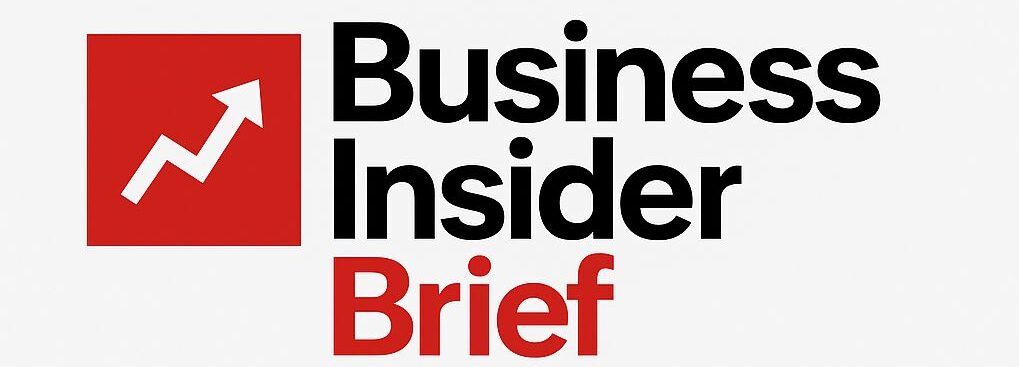Using Intent Data to Predict Purchases
Imagine knowing what your customers want before they do. That’s exactly what intent data allows businesses to do. Intent data captures digital behaviors—such as web searches, page visits, downloads, and social media interactions—to identify buying signals. When this data is linked to a specific event or pattern, it becomes a powerful predictor of future purchases.
For instance, let’s say a user starts frequently searching for “best CRM tools for startups.” That search behavior, especially if repeated across multiple platforms, is a strong buying signal. Combine that with the knowledge that their company recently raised seed funding, and you have a near-perfect storm for conversion. That’s event-based marketing in action—driven by real-time behavior and real needs.
Types of intent data:
-
First-party: Data from your own site (downloads, product page visits).
-
Second-party: Data shared from a partner or platform.
-
Third-party: Aggregated data from external publishers or tools.
By leveraging intent signals, businesses can identify leads earlier in the buying cycle and send timely, relevant messaging that feels intuitive rather than intrusive.
Tracking Behavioral Triggers with AI and Analytics
Manual tracking of buying behavior is practically impossible at scale. That’s where AI, machine learning, and analytics tools come in. These systems analyze mountains of user data in real time, identifying patterns and flagging high-intent actions.
AI can help you:
-
Detect sudden shifts in customer behavior (e.g., spikes in site activity).
-
Score leads based on likelihood to convert.
-
Send automated messages the moment a trigger is detected.
For example, a SaaS company might use an AI-driven CRM to spot when a user logs in multiple times a day or watches a full onboarding video. These micro-events signal engagement, which can trigger a follow-up email from sales or an upsell offer.
Predictive analytics tools like 6sense, Leadfeeder, and Clearbit offer these capabilities, letting marketers and sales teams act in real-time instead of relying on lagging indicators. When combined with event data, AI helps move beyond guesswork and toward strategic, evidence-based decision-making.
Building a Trigger-Based Marketing Strategy
Identifying Relevant Triggers for Your Audience
Every business serves a unique audience with specific needs and behaviors. To build an effective trigger-based strategy, the first step is identifying which events matter most to your customers. These could be tied to personal milestones, business developments, industry trends, or product usage.
Ask yourself:
-
What life or business events push my customers to buy?
-
Are there seasonal or external factors that impact their purchasing timeline?
-
What behaviors signal high intent?
Here’s how to uncover the right triggers:
-
Customer interviews: Ask past customers what prompted their purchase.
-
Sales team input: Your front-line sales reps often hear the “why” directly.
-
Analytics: Review past data to find patterns before purchases.
-
Surveys and feedback forms: Collect direct insights on key events.
Once you’ve identified the top 5–10 buying triggers, map them to customer personas and stages in your funnel. This map becomes the foundation of your event-based campaigns.
Crafting Personalized Messaging Based on Events
Generic messaging doesn’t work when the customer expects personalization. Once you’ve pinpointed a trigger, the next step is to craft messaging that aligns with the customer’s mindset at that exact moment.
Let’s break down an example:
-
Trigger: A small business receives local press coverage.
-
Buyer’s Mindset: Excitement, validation, readiness to grow.
-
Your Message: “Congrats on the big feature! Here’s how our digital tools can help you scale your momentum.”
The best messaging:
-
Acknowledges the event (shows you’re paying attention).
-
Connects the event to a problem or goal.
-
Presents your solution as the next logical step.
Avoid sounding robotic or overly salesy. Your tone should feel like a helpful nudge from a friend, not a cold pitch from a stranger.
Pro tip: Use dynamic content in your emails and landing pages to reflect specific events or customer segments. Tools like HubSpot, Mailchimp, and ActiveCampaign make this easy to scale.
Channels That Work Best for Triggered Campaigns
Not all channels are created equal when it comes to event-based marketing. The key is to meet the customer where they are, in the format they prefer, at the moment of relevance.
Top channels for triggered messaging:
-
Email: Great for nurturing, announcements, and follow-ups.
-
SMS: Ideal for urgent or time-sensitive triggers.
-
In-app messaging: Best for SaaS and product-led businesses.
-
Social media: Effective for public events and celebratory triggers.
-
Retargeting ads: Keep your message top-of-mind post-trigger.
Multi-channel strategies often work best. For example, if a customer abandons their cart (a behavioral trigger), you might send:
-
An email reminding them about the product.
-
A Facebook ad with a 10% off coupon.
-
A chatbot prompt the next time they visit your site.
The trick is consistency across channels, ensuring the customer feels like they’re having one seamless conversation—not being bombarded from every angle.
Tools and Technology for Event-Based Marketing
CRM and Marketing Automation Platforms
Your CRM is the brain behind your trigger strategy. It stores customer data, tracks interactions, and helps you segment and automate outreach. Marketing automation tools extend this by delivering timely messages based on user behavior or external events.
Top CRM/automation platforms include:
-
HubSpot: Excellent for small to mid-sized businesses.
-
Salesforce: Best for enterprises with complex needs.
-
Zoho CRM: Affordable and customizable.
-
Klaviyo: Ideal for eCommerce brands.
-
Marketo: Powerful for B2B and lead nurturing.
Look for tools that support:
-
Event tracking.
-
Conditional workflows.
-
Dynamic content.
-
Integration with third-party data sources.
For example, a real estate CRM might trigger follow-up emails when a lead clicks on listings in a certain neighborhood. A B2B platform could send product suggestions after a company is added to Crunchbase’s “recently funded” list.
Data Enrichment and Monitoring Tools
To unlock the full power of buying triggers, you need more than just internal data. You need context—what’s happening in your customer’s world that you might not know yet. That’s where data enrichment tools come in.
These tools pull in external signals such as:
-
Company funding announcements.
-
Job title changes.
-
Website updates or tech stack shifts.
-
Social media milestones.
Best tools for event-based intelligence:
-
Clearbit: Real-time company and contact enrichment.
-
ZoomInfo: Deep B2B intelligence with trigger alerts.
-
Leadfeeder: Identifies website visitors and company-level actions.
-
Apollo.io: Tracks sales intent and lead behaviors.
Integrate these tools with your CRM to automatically create trigger workflows. For example, when Apollo detects a new job posting from a target account, your CRM can alert a sales rep or launch a tailored ad campaign.

